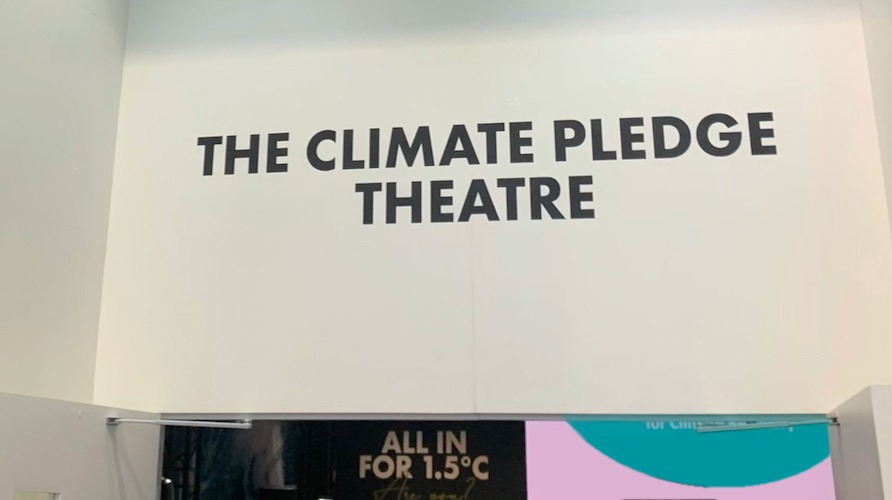
The white elephant in the room at COP26
In the room where it is being clarified whether or not there will be 100 billion a year for adaptation for poor countries, there is an elephant impassively observing the meetings. In the English-speaking world, this metaphor means that there is an issue that is obvious to everyone, but it is avoided. At COP26, and without being there, I sense that the elephant is also white.
To continue with the metaphor, an elephant, if white, describes an object, construction project, plan, enterprise, facility, etc. that is considered expensive, but without equivalent utility or value in relation to its (acquisition) or maintenance costs (Wikipedia definition).
Governments tend to produce white elephants for many reasons. One of them is quite free of malice or corruption: it is just trying to make public spending less complicated. Any government would rather spend hundreds of millions of euros on a single project, even if there is no obvious use for it, than spend a few million on hundreds of unmanageable projects.
How many people, present at the COP, will be thinking after the financial promises of the hundred billion, OMG, how are we going to spend all that money?
I try to remember from the governmental, intergovernmental and NGO organisations I have met over the years. Management is the common problem. An approval of a million-dollar project sends shivers down the spine in the accounting department, nightmares in the tendering department and desertions among those who will devote themselves to the thankless task of chasing invoices.
There is a lack of spending power in the world. Two examples of how worrying the situation is:
- Lant Pritchet, on the declining effectiveness of governments: most governments in the world now have less capacity than before, and many are not on the way to improving. The data here
- Daniel Kaufmann and Aart Kraay, on global governance indices. You can play with the data here and see how government effectiveness (one of the six indices studied) hardly improves from year to year.
- On the bureaucratic criteria for considering the quality of spending, a 2020 report on public financial management is not optimistic either. Two conclusions:
- On average, countries perform better in preparing their budgets than in implementing them.
- Internal audit, fiscal risk management, external audit and control by Supreme Audit Institutions and the legislature remain the weakest areas of PFM.
Another issue is the relevance of spending (is it spent on the right things?). Reforestation projects, very fashionable at the COP, are a good example of money often misspent, but this will be the subject of another post.
The solution to poverty is not to promise less money because it is hard to spend, but to devote more money to building management capacity. It will cost an arm and a leg and it will take a long time. But it must be done. To manage things requires a willing and sufficient civil service, both in government and in NGOs, both in numbers and in skills. Until this is sorted out, white elephants will be created here and there and no one will talk about them in donor meetings.
You may also like
Food waste
According to the United Nations Environment Programme, if food waste were a country, it would rank t
Edward O. Wilson and his diagnosis of humanity in a tweet
This article was published in El País on January 20, 2022. On 26 December, Edward O. Wilson, the bi
Decolonising cooperation, how and to what extent?
(Automatic translation by Deepl, sugestions for improvement are welcome). In the world of developmen



Post a comment